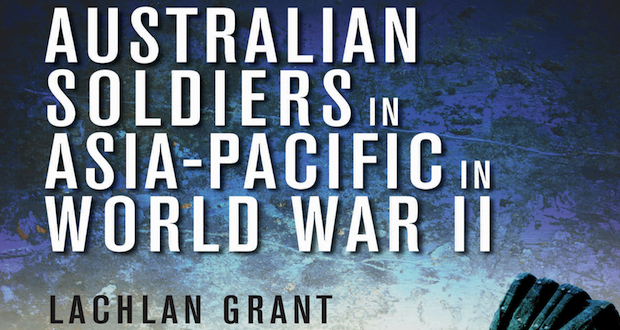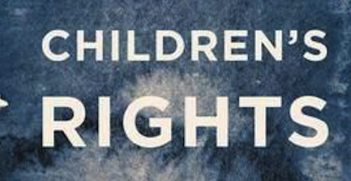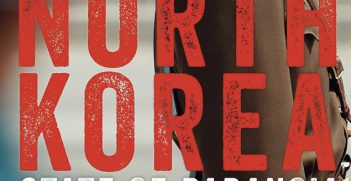Reading Room: Australian Soldiers in Asia-Pacific in World War II

Lachlan Grant has written an interesting history of the experiences of Australian troops across Asia and the Pacific during the Second World War and their many varied interactions with the people and cultures of that region. He tells the story of those interactions and how the changing environment during the war and the immediate post-war period shaped the opinions and experiences of these people who contributed to the changing perceptions of how Australians view their region.
The book covers a lot of ground, documenting the experiences of soldiers in New Guinea, Southeast Asia and India. Grant explains that for the Australians who fought in these countries, their experiences were just as broad, from creating friendships to fighting opposing sides, as well as gaining an understanding of the wider international issues of the war. Grant convincingly demonstrates that when many Australian soldiers arrived in Asia in 1941, their worldviews were ‘ingrained concepts of empire, race and nation’ that they related through travellers’ tales. By the end of the war, Australians’ loyalties towards the old world of European empires and the new world of free and independent Asian countries were tested, and the transforming perceptions of those who fought in Asia and the Pacific reflected the changing dynamics of international relations.
The author is an experienced military historian with a number of military history publications to his name. The book is an extension of his doctoral work and he has consulted an impressive range of primary source material, from private papers, letters, interviews, photographs, films, newspapers and Australian War Memorial official records. He has also consulted an extensive range of secondary source material such as official histories, published memories and academic books, covering as many aspects of the soldiers’ experiences as possible.
The book begins with an overview of Australia and its citizen’s view of the world on the eve of war, explaining that Australians possessed a sense of a dual nationality by describing themselves as both British and Australian. Grant then takes his readers through accounts of Australian soldiers deployed in Asia and one begins to gain a sense that this dual identity starts to become confused as these Australians interacted with both local populations and other British troops. It ends with accounts of the experiences of POWs and the war’s final days when a ‘new’ Asia starts to emerge with retreating Japanese forces.
Grant’s accounts of these experiences are enlivened by some detailed descriptions that highlight the characters of these Australians abroad. He describes one opinion of these tourists as, ‘The perceived friendliness, easy going and egalitarian nature Australian troops provided a means for depicting Australian attitudes as unique among the countries of the empire’. Although he is careful not to fall into common stereotyping, adding that ‘self-promoting tales of the Australians’ congenial behaviour towards Asians is undermined by anecdotes of servants and raucous sightseeing in which the uneven relationship between the two are apparent’.
World affairs also populate the book as the author seeks to link personal experiences with the changing international environment. Grant manages to do this admirably and the book provides the dual purpose of writing a history of soldiers’ lives alongside an explanation of global politics. Grant’s rendition of events in the Netherlands East Indies (NEI) at the end of the war reveal a very complex situation there as he explains the contradictions that often took place between the official Australian position on the restoration of Dutch rule in the NEI and the experiences and attitudes of Australian soldiers.
The claim that the experiences of troops stationed in the Asia-Pacific shaped the way Australians feel about their country’s position in the world is a bold statement and probably not easy to test in terms of the influences these soldiers might have had when they returned home. However, what cannot be overlooked is the impact the war had on these soldiers and how their own personal attitudes changed over time and how these changing attitudes were in step with changing world opinions about issues such as race and empire. The wider question on how directly or indirectly the experiences of these soldiers may have influenced overall Australian opinions and indeed Australian government decision-making, does not interfere with the comprehensive information provided about these soldiers and the region in which they fought.
The author’s aim to draw together the global impact of the Second World War alongside the effects of the war on these people and their own nation and its wider region has been achieved extremely well and this book provides a valuable addition to the existing literature on wartime experiences of the Australian military personnel. It provides a useful bridge between insights on the social and cultural experiences of war and that of the wider political relationships between nations.
Lachlan Grant, Australian Soldiers in Asia-Pacific in World War II, New South, November 2014
Dr Sue Thompson is a Lecturer at the National Security College at the Australian National University





